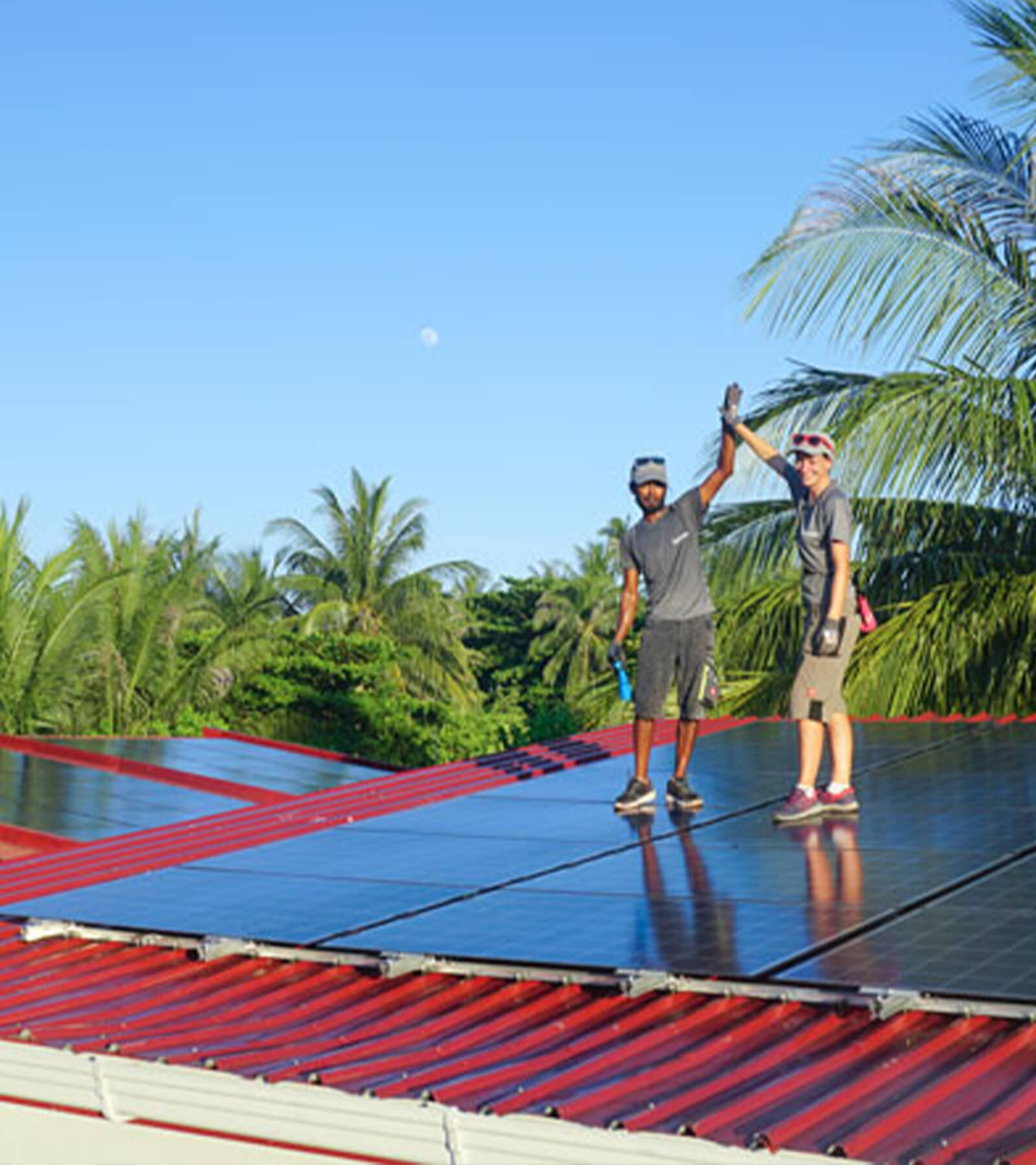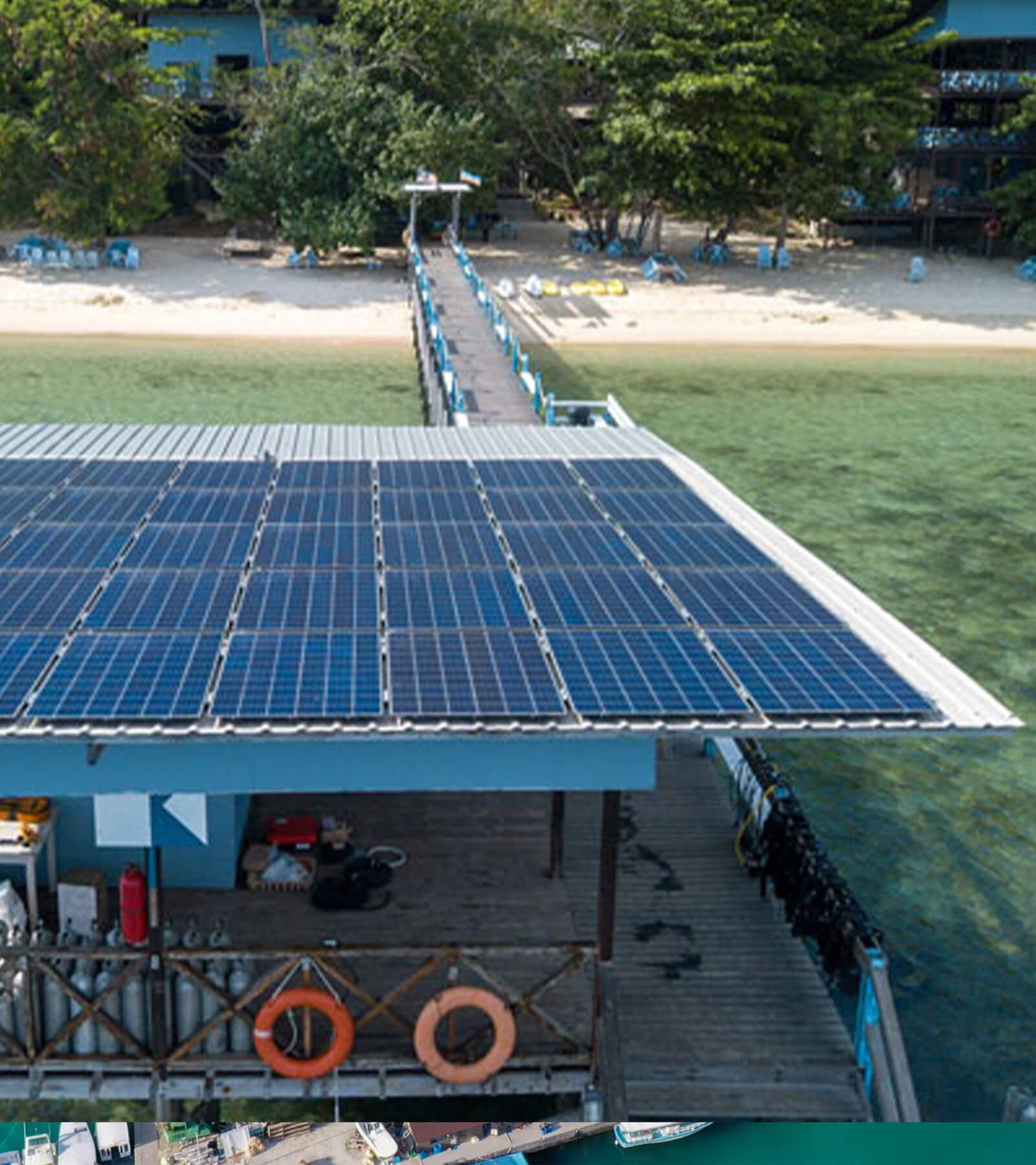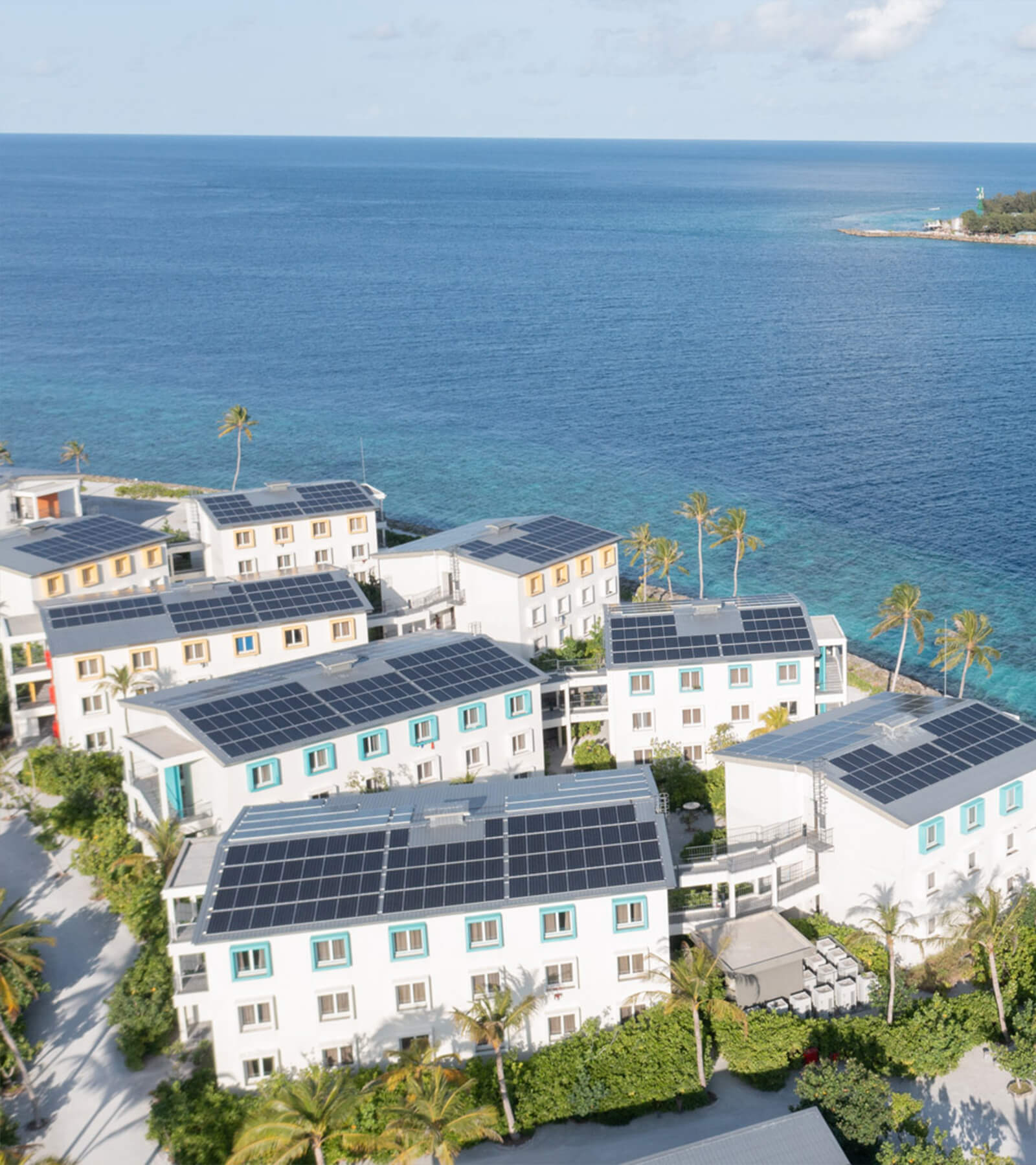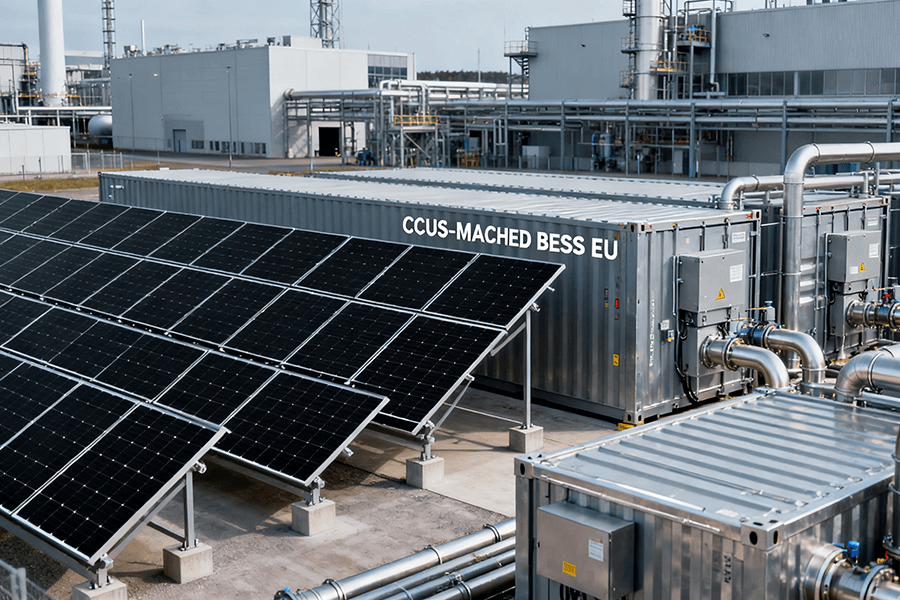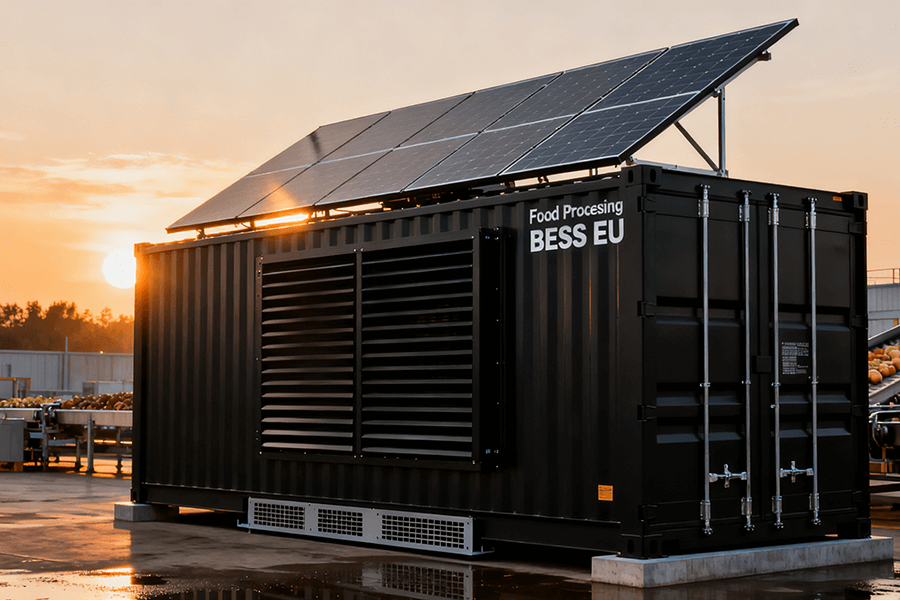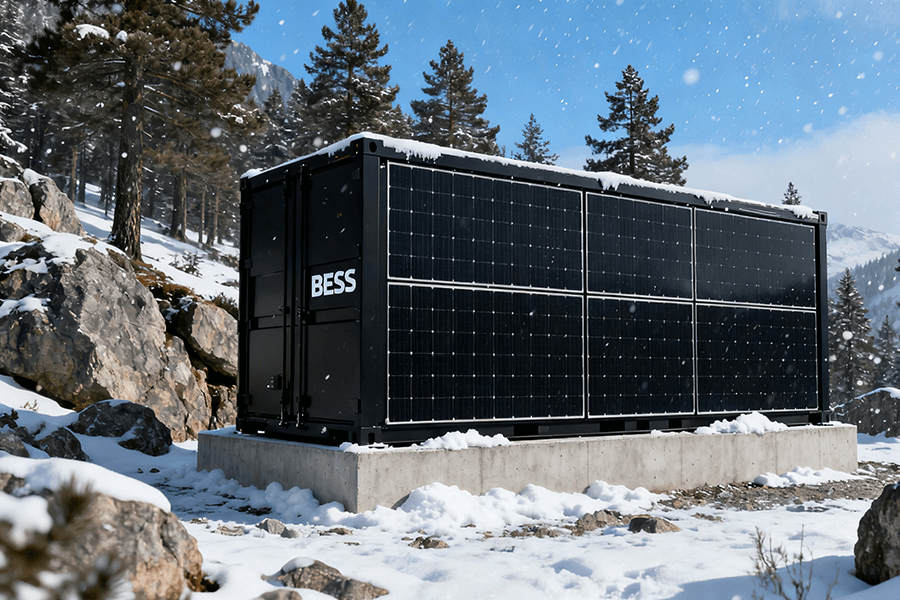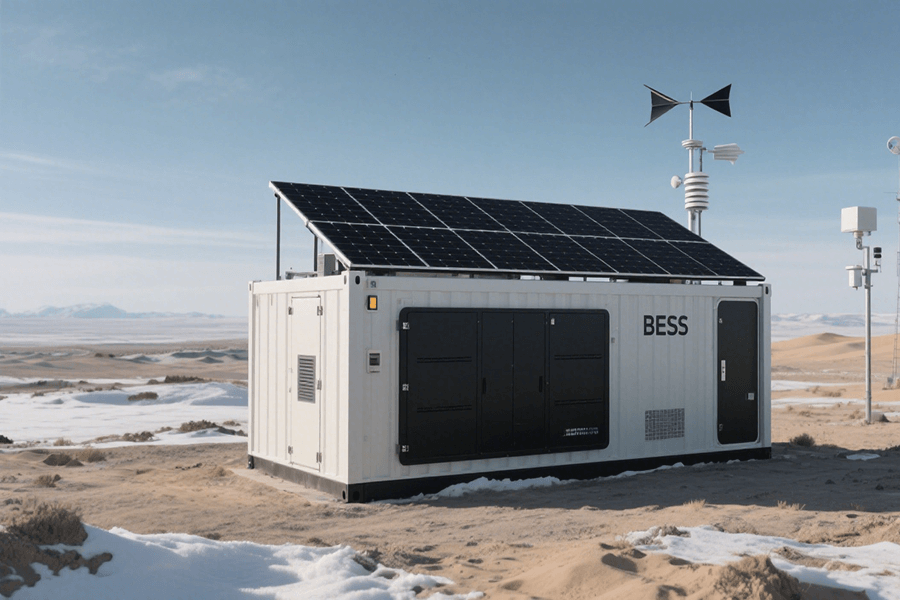
The C3S’s “500+ Station” Ambition & BESS’s Critical Role
The Copernicus Climate Change Service (C3S) of the European Union is not merely engaged in weather tracking; it is waging a resolute, data-driven battle against climate change. As meticulously detailed in the C3S 2024 Strategy Report, the service has set an audacious goal: by 2027, it intends to expand its network of remote weather stations from roughly 380 sites in 2025 to over 500 locations across the globe.
This expansion is of paramount importance for bridging critical data gaps in some of the planet’s most formidable environments, such as:
- The frigid Arctic tundra, where harsh cold and unique atmospheric conditions prevail
- High-altitude alpine regions, characterized by rapidly changing weather patterns and low oxygen levels
- Arid deserts, with their extreme temperature fluctuations and frequent dust storms
The Hurdle in Expansion
Nonetheless, this ambitious expansion is accompanied by a significant obstacle. According to C3S’s “Remote Site Feasibility Study”, a staggering 72% of these new stations will be situated off the grid, far removed from any dependable source of electricity.
At first glance, solar panels may appear to be an intuitive solution. However, they are not without their drawbacks. In regions susceptible to:
- Extended stretches of cloud cover
- The prolonged darkness of polar nights
- Frequent and intense dust storms
Relying solely on solar power would render essential sensors—those responsible for measuring critical parameters like wind speed, precipitation, and temperature—vulnerable to power outages. This vulnerability could lead to substantial data loss, thereby undermining the integrity of C3S’s climate monitoring initiatives.
Enter BESS Containers
This is precisely where BESS Containers—ruggedized Battery Energy Storage Systems—emerge as a game-changer. These unpretentious yet indispensable units hold the key to ensuring the continuous operation of remote weather stations, even in the most inhospitable conditions.
Equipped with state-of-the-art battery technology and engineered to endure:
- Extreme temperature variations
- Harsh weather elements
- Mechanical shocks
BESS Containers function as a reliable backup power source. They store excess energy generated during sunny periods and release it when solar power is unavailable, acting as a steadfast safeguard for the critical operations of weather stations.
Low-Power Design: The “Just-Right” Formula for 6+ Months of Autonomy
Remote weather stations operate in challenging, often inaccessible environments where traditional power sources are unavailable. Their reliance on efficient, self-sustaining energy solutions is crucial for uninterrupted data collection. The ideal setup involves a delicate balance between energy storage, solar input, and long-term self-sufficiency, ensuring these stations can function effectively even in the harshest conditions.
Core Specs: BESS + Solar Pairing
The synergy between Battery Energy Storage Systems (BESS) and solar panels forms the backbone of remote weather station power systems. Below is a detailed breakdown of the industry-standard configuration, as validated by the Copernicus Climate Change Service’s (C3S) 2025 “Off-Grid Power Guidelines”:
| Component | Typical Range | Technical Details | Operational Importance |
|---|---|---|---|
| BESS Capacity | 5–15 kWh | Lithium-ion batteries with high energy density and low self-discharge rates. | Stores surplus solar energy generated during sunny periods, providing power during cloudy days, nights, and extended periods of low light. |
| Solar Panel Output | 1–3 kW | Monocrystalline or thin-film panels with high conversion efficiency and low light performance. | Recharges the BESS daily, even in the low-light conditions typical of Nordic winters. Optimized panel orientation and tilt angles maximize energy capture. |
| Autonomy (No Maintenance) | 6–12 months | Integrated monitoring systems track energy consumption and battery health. | Significantly reduces costly and logistically challenging site visits to remote areas such as the Svalbard archipelago in the Arctic or the vast expanse of the Sahara Desert. |
Compatibility: Playing Nice with Satellite Transmitters
The effectiveness of remote weather stations hinges not only on data collection but also on seamless data transmission. C3S stations predominantly rely on satellite links, such as the European Space Agency’s (ESA) Sentinel-6, to transmit approximately 10–15 MB of critical weather data daily. This transmission process demands a stable and consistent power supply, making the low-power design of the BESS system indispensable.
The BESS is engineered to deliver a steady 12V/24V output, ensuring that it powers the satellite transmitters without causing electromagnetic interference that could disrupt the delicate satellite signals. This stability is crucial for maintaining uninterrupted communication channels.
In a comprehensive 2024 field test conducted by the European Centre for Medium-Range Weather Forecasts (ECMWF), weather stations powered by BESS systems demonstrated remarkable performance. They achieved an impressive 98.2% satellite transmission success rate, far exceeding the C3S’s minimum requirement of 95%. This outstanding result highlights the reliability of BESS-powered stations, which experienced no signal drops or data loss throughout the testing period, ensuring smooth and continuous data communication.
Extreme-Environment Engineering: Built to Survive EU’s Wild Climates
The EU’s weather stations face hellish conditions: -40°C in Lapland, 50°C in the Spanish Sahara, and 90% humidity in the Baltic marshes. BESS containers aren’t just boxes—they’re fortified for war against the elements, engineered with precision to safeguard the integrity of renewable data collection in the most extreme environments.
Arctic-Grade Insulation (Nordic Stations)
In the frigid expanse of Nordic regions, the battle against cold is relentless. Standard lithium-ion batteries are particularly vulnerable, losing a staggering 40% of their capacity at -20°C, as evidenced by a Battery University Study. To combat this challenge, BESS containers employ state-of-the-art technology.
At the core of their arctic resilience is arctic-grade closed-cell foam insulation, boasting an impressive R-value of 4.5 per inch. This insulation acts as a formidable barrier, trapping heat and preventing the harsh cold from seeping in. Complementing the insulation is an intelligent internal heating system, equipped with 100W heaters that spring into action automatically when the temperature dips below 0°C.
The efficacy of these features was put to the test in 2025 on the remote island of Svalbard. Despite external temperatures plummeting to a bone-chilling -38°C, the BESS containers maintained a stable internal temperature of 15°C. This thermal stability translated into a significant extension of battery lifespan, with insulated units outperforming uninsulated counterparts by 32%.
Dust & Heat Resistance (Mediterranean Deserts)
In the sweltering deserts of the Mediterranean, BESS containers face a different set of adversaries: abrasive dust, searing heat, and fluctuating humidity. These elements pose a significant threat to the functionality and longevity of electronic components.
To withstand these harsh conditions, BESS containers are outfitted with a suite of specialized features:
- IP65-rated enclosures: These rugged, airtight enclosures provide comprehensive protection against dust ingress and water splashes, ensuring that sensitive internal components remain shielded from the desert’s abrasive particles and unexpected rain showers.
- Passive cooling systems: Leveraging the high thermal conductivity of aluminum, these systems utilize strategically designed heat sinks to dissipate heat efficiently. Unlike traditional fan-based cooling systems, passive heat sinks have no moving parts, eliminating the risk of mechanical failure and reducing maintenance requirements.
- Silica gel dehumidifiers: As desert nights bring a sharp drop in temperature and a corresponding increase in humidity, silica gel dehumidifiers work silently to absorb excess moisture, preventing condensation and safeguarding against corrosion and electrical malfunctions.
The effectiveness of these features was demonstrated in a 2024 trial conducted by the University of Granada in the Sahara Desert. Over a six-month period, dust-proof BESS units maintained an astonishing 99% operational efficiency, while unprotected units succumbed to dust buildup and failed after just three weeks.
C3S Data Reliability Compliance
The Copernicus Climate Change Service (C3S) places stringent requirements on its weather stations, mandating 99.9% power availability to ensure the continuous and accurate collection of critical climate data. Any interruption in power supply could result in the loss of valuable information during key weather events, such as flash floods, heatwaves, and severe storms.
BESS containers are engineered to meet and exceed these demanding standards through a combination of advanced technologies:
- Dual-battery redundancy: In the event of a primary battery failure, a secondary battery seamlessly takes over, ensuring uninterrupted power supply to the weather station. This failsafe mechanism minimizes downtime and enhances overall system reliability.
- Advanced Battery Management System (BMS): The BMS acts as the brain of the BESS container, continuously monitoring key parameters such as voltage, temperature, and charge level in real time. Using sophisticated algorithms, the BMS optimizes battery performance, prevents overcharging and deep discharge, and extends the lifespan of the batteries.
Independent testing by TÜV SÜD, a leading international certification body approved by C3S, verified the exceptional reliability of BESS-powered stations. The tests revealed an impressive 99.92% uptime, surpassing the required benchmark and solidifying BESS containers as a trusted solution for ensuring uninterrupted renewable data collection in the most challenging environments.
Conclusion: Technical Deep Dive + Funding + Maxbo Solar’s Solution
Key Technical Specs (2025 Industry Standards)
The BESS container is engineered with cutting-edge technology to meet the rigorous demands of remote weather stations. Here are the core technical specifications:
- Battery Type: LFP (Lithium-Iron-Phosphate)
-
- Safety: Engineered to eliminate the risk of thermal runaway, making it ideal for deployment in sensitive environments such as the Arctic.
-
- Longevity: With a lifespan exceeding 6,000 charge cycles, it outperforms NCM batteries, which typically offer only 3,000 cycles.
-
- Environmental Friendliness: Composed of non-toxic materials, ensuring minimal impact on protected ecosystems.
- Remote Monitoring: IoT-enabled Battery Management System (BMS)
-
- Real-time Tracking: Operators can monitor battery status, solar input, and ambient temperature through a user-friendly cloud dashboard, such as Maxbo Solar’s proprietary “SolarTrack” platform.
-
- Alerts and Notifications: In the event of critical issues, such as low charge levels or elevated temperatures, the system automatically sends alerts via email and SMS, enabling proactive maintenance and minimizing downtime.
- Cost-Effectiveness
-
- Pricing: The BESS container is priced between €12,000–€25,000 per unit, depending on the required capacity.
-
- Comparative Advantage: This represents a significant 30% cost saving compared to diesel generators, which also incur additional expenses for fuel transportation and storage in remote locations.
Access to EU Horizon Europe Copernicus Funding
For organizations looking to deploy BESS containers for Copernicus Climate Change Service (C3S) stations, the EU’s Horizon Europe Copernicus Program (2021–2027) presents a valuable funding opportunity. Eligible projects can receive grants covering up to 60% of project costs, significantly reducing the financial burden of implementation.
To qualify for funding, projects must meet the following criteria:
- Data Reliability Enhancement: Demonstrate a clear plan to improve the accuracy and consistency of data collection for C3S.
- Renewable Energy Integration: Utilize renewable energy sources, such as solar power in conjunction with BESS, to ensure sustainable and reliable operation.
- Policy Alignment: Contribute to the advancement of EU climate policy, such as supporting the objectives of the Green Deal.
For more detailed information, please refer to the Horizon Europe Funding Guide.
Maxbo Solar: Your Partner for C3S-Ready BESS Containers
At Maxbo Solar (www.maxbo-solar.com), we are committed to providing innovative energy solutions tailored to the unique challenges of remote weather monitoring across the EU. Here’s why we are the preferred partner for C3S projects:
- Compliance and Certification
-
- Uptime Assurance: All our BESS containers meet the stringent TÜV SÜD standard of 99.9% uptime, ensuring continuous operation even in the most demanding conditions.
-
- Approved Components: We exclusively use LFP batteries that are fully compliant with the Copernicus Supply Chain requirements, guaranteeing reliability and quality.
- Customized Climate Solutions
-
- Regional Adaptation: Our containers are designed with climate-specific features, including Arctic-grade insulation for cold regions like Norway, dust-proof enclosures for arid environments in Spain, and corrosion-resistant materials for coastal stations, such as those in Iceland.
- Comprehensive Support
-
- End-to-End Service: From initial design and installation to ongoing 24/7 IoT monitoring, we provide a complete suite of services to ensure the seamless operation of your weather station.
-
- Proven Track Record: In 2024, we successfully deployed 18 BESS-powered stations in Sweden and Morocco, delivering projects on schedule and within budget.
Ready to power your next C3S station? Contact us at [email protected] to discuss how our BESS containers can transform your off-grid operations into a reliable, sustainable power solution.

